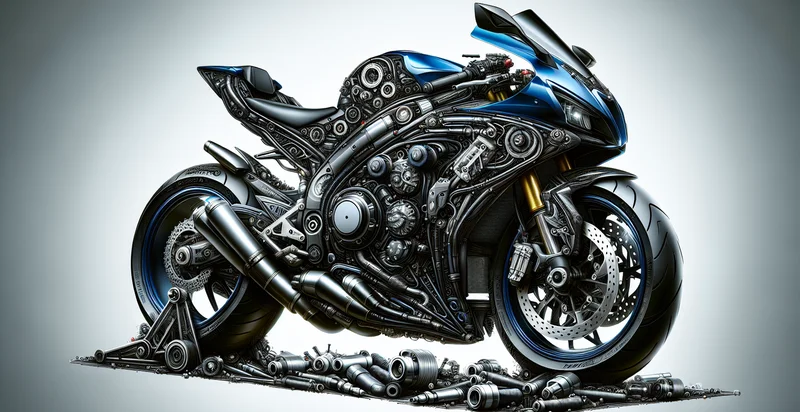Identify how many bikes are in the room
using AI
Below is a free classifier to identify how many bikes are in the room. Just upload your image, and our AI will predict how many bikes are in the room - in just seconds.

Contact us for API access
Or, use Nyckel to build highly-accurate custom classifiers in just minutes. No PhD required.
Get started
import nyckel
credentials = nyckel.Credentials("YOUR_CLIENT_ID", "YOUR_CLIENT_SECRET")
nyckel.invoke("how-many-bikes-are-in-the-room", "your_image_url", credentials)
fetch('https://www.nyckel.com/v1/functions/how-many-bikes-are-in-the-room/invoke', {
method: 'POST',
headers: {
'Authorization': 'Bearer ' + 'YOUR_BEARER_TOKEN',
'Content-Type': 'application/json',
},
body: JSON.stringify(
{"data": "your_image_url"}
)
})
.then(response => response.json())
.then(data => console.log(data));
curl -X POST \
-H "Content-Type: application/json" \
-H "Authorization: Bearer YOUR_BEARER_TOKEN" \
-d '{"data": "your_image_url"}' \
https://www.nyckel.com/v1/functions/how-many-bikes-are-in-the-room/invoke
How this classifier works
To start, upload your image. Our AI tool will then predict how many bikes are in the room.
This pretrained image model uses a Nyckel-created dataset and has 11 labels, including 0, 1, 10+, 2, 3, 4, 5, 6, 7 and 8.
We'll also show a confidence score (the higher the number, the more confident the AI model is around how many bikes are in the room).
Whether you're just curious or building how many bikes are in the room detection into your application, we hope our classifier proves helpful.
Related Classifiers
Need to identify how many bikes are in the room at scale?
Get API or Zapier access to this classifier for free. It's perfect for:
- Inventory Management: Businesses can utilize the bike counting function to automate inventory checks in bike rental shops and stores. This feature allows staff to quickly verify stock levels, ensuring they efficiently manage bike availability and reduce manual counting errors.
- Event Planning: Organizers of cycling events can leverage this technology to gauge the number of bikes present in designated areas. This data can help in managing space allocation, crowd control, and ensuring safety measures are appropriately implemented.
- Insurance Verification: Insurance companies can use the bike classification function to verify the number of bikes in insured environments, such as communal living facilities. By accurately counting bikes, insurers can assess risks and verify claims related to theft or damage.
- Urban Planning: City planners and local governments can employ the bike counting system to analyze bike usage in specific areas. This data can inform infrastructure decisions, such as where to add bike racks or lanes, enhancing urban mobility and sustainability efforts.
- Market Research: Retailers and market research firms can tap into bike count data to better understand biking trends and consumer behavior in different locales. This can aid in targeted marketing strategies and product placement based on specific demographics.
- Transportation Analytics: Public transportation authorities can use bike counting systems to collect data on the intermodal transport patterns of cyclists. Understanding how many bikes are used in conjunction with public transport can drive improvements in services and encourage sustainable commuting.
- Community Engagement: Non-profit organizations promoting cycling can benefit from bike counting to measure community engagement in cycling programs. By tracking the number of bikes at events or in community areas, these organizations can assess their impact and tailor future initiatives accordingly.


